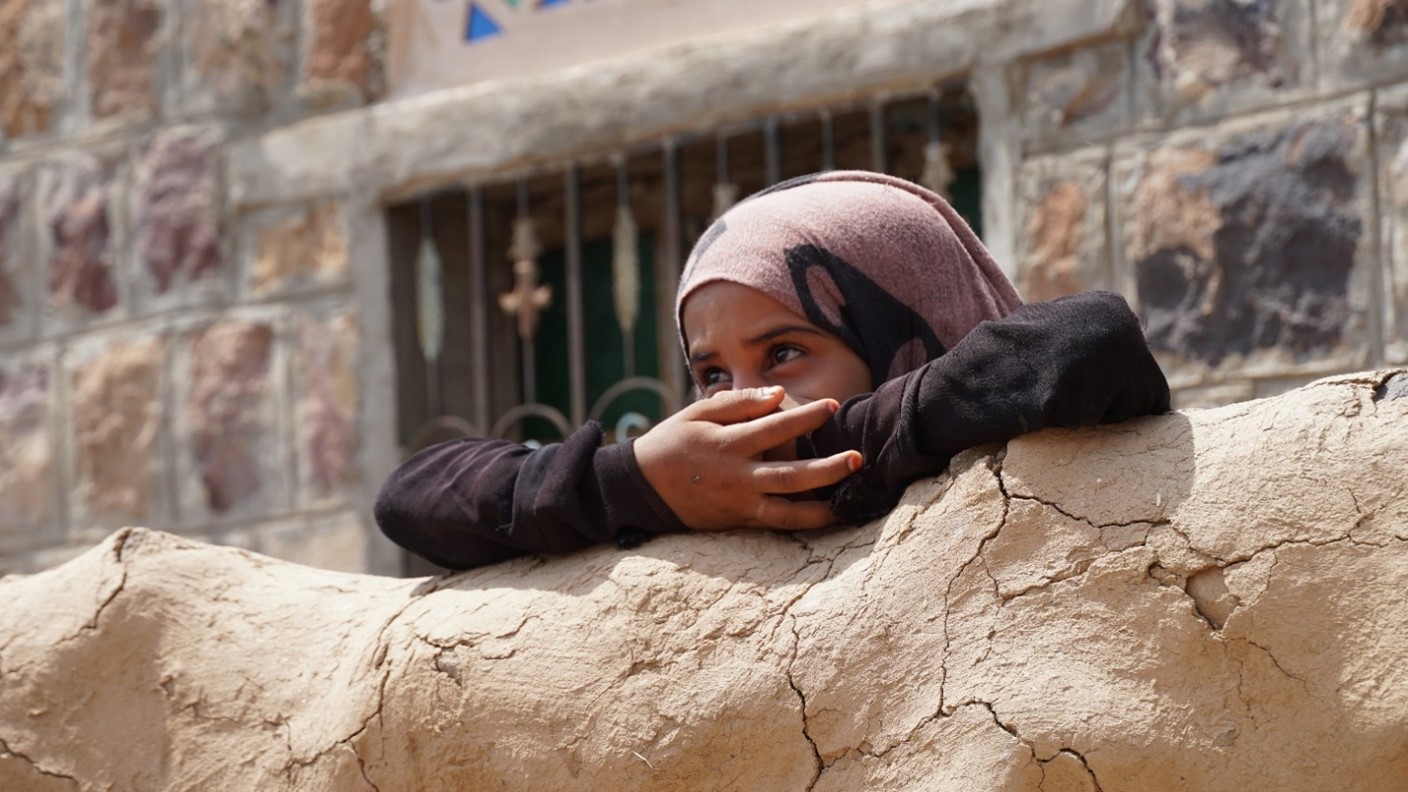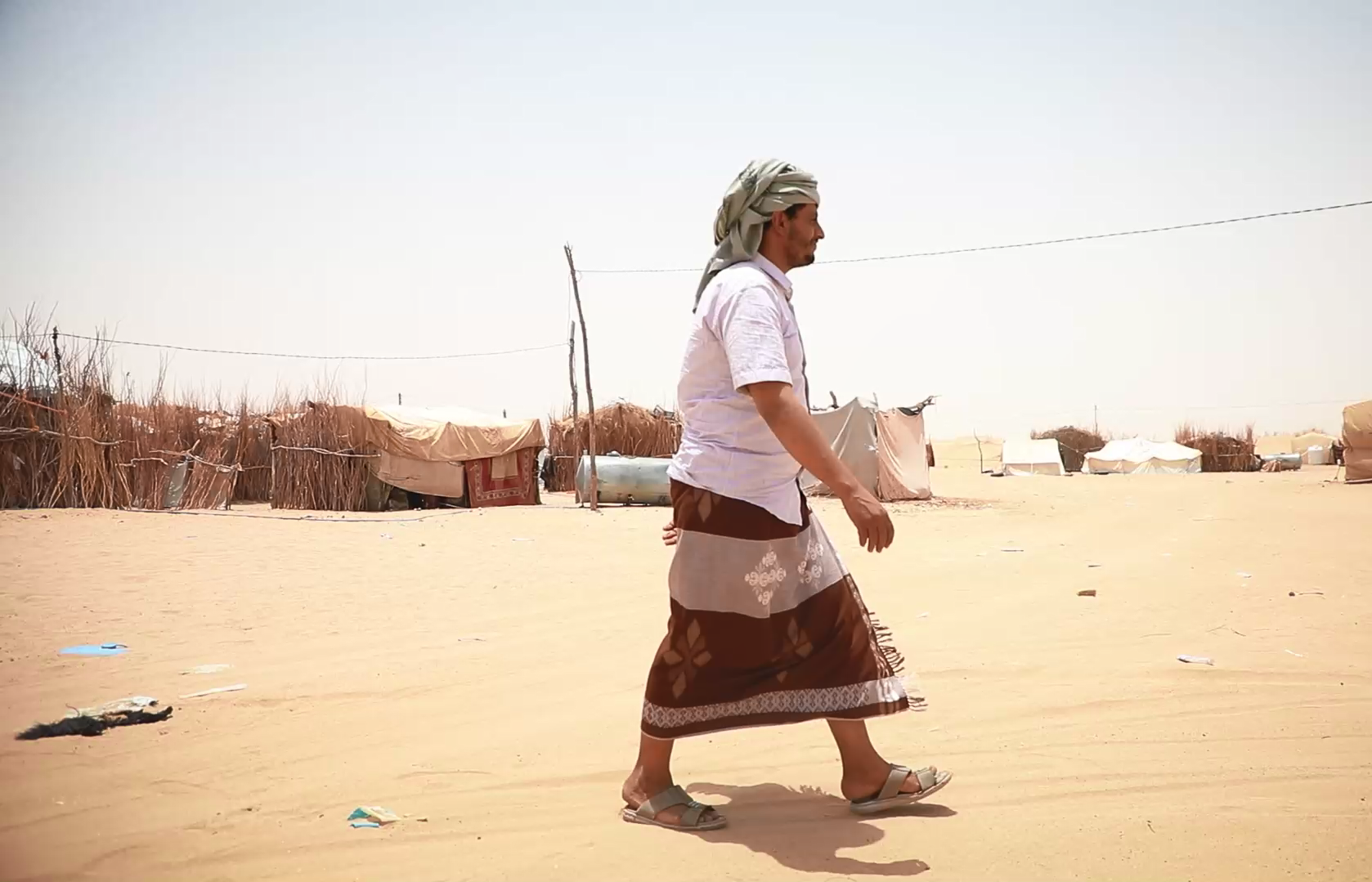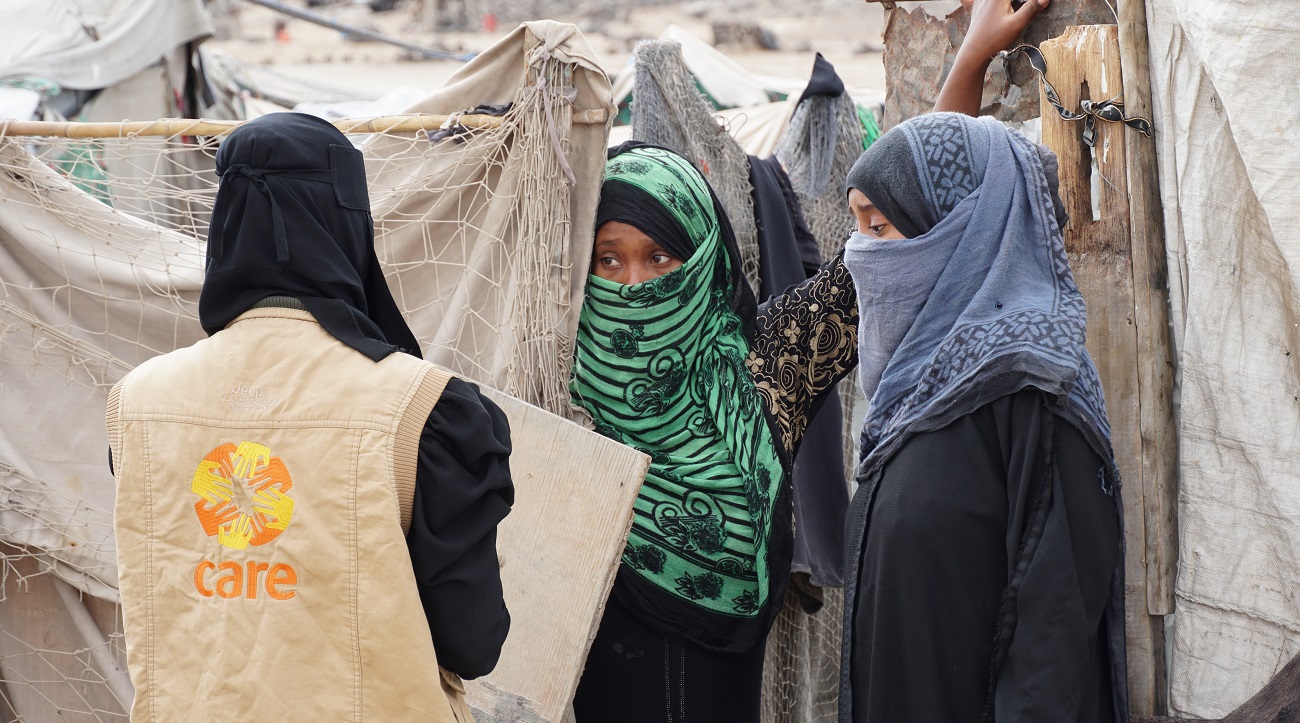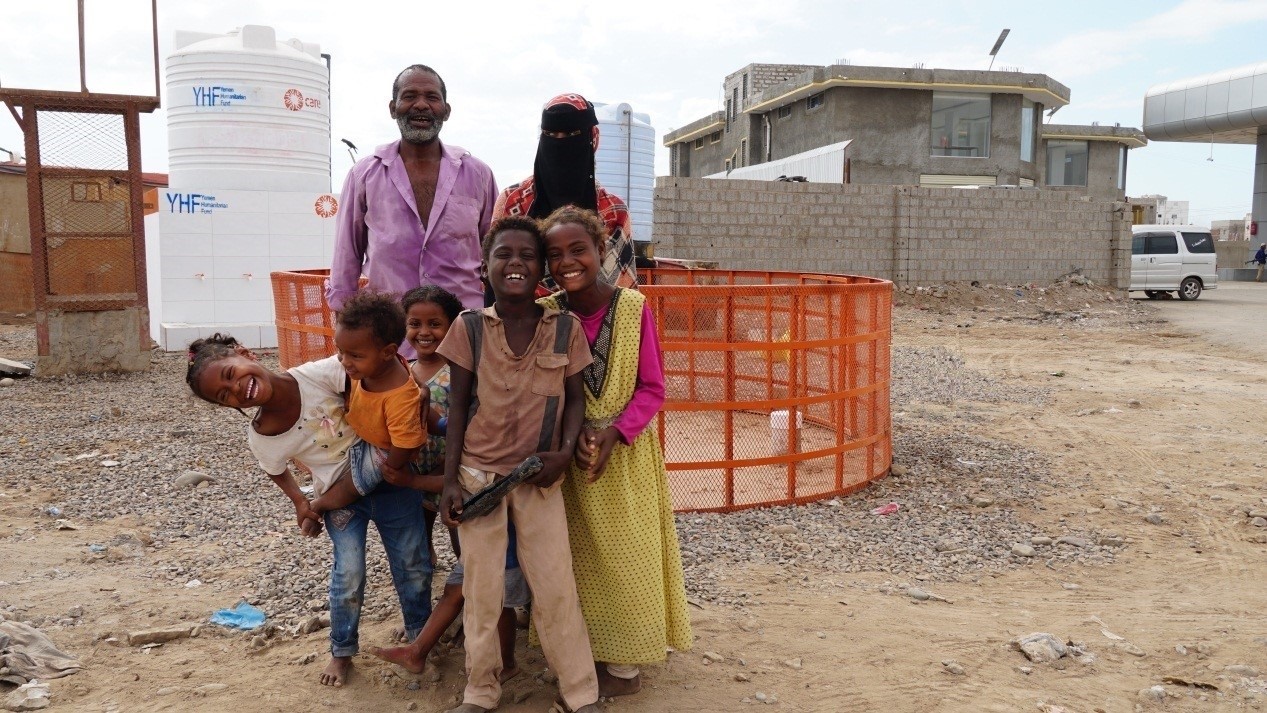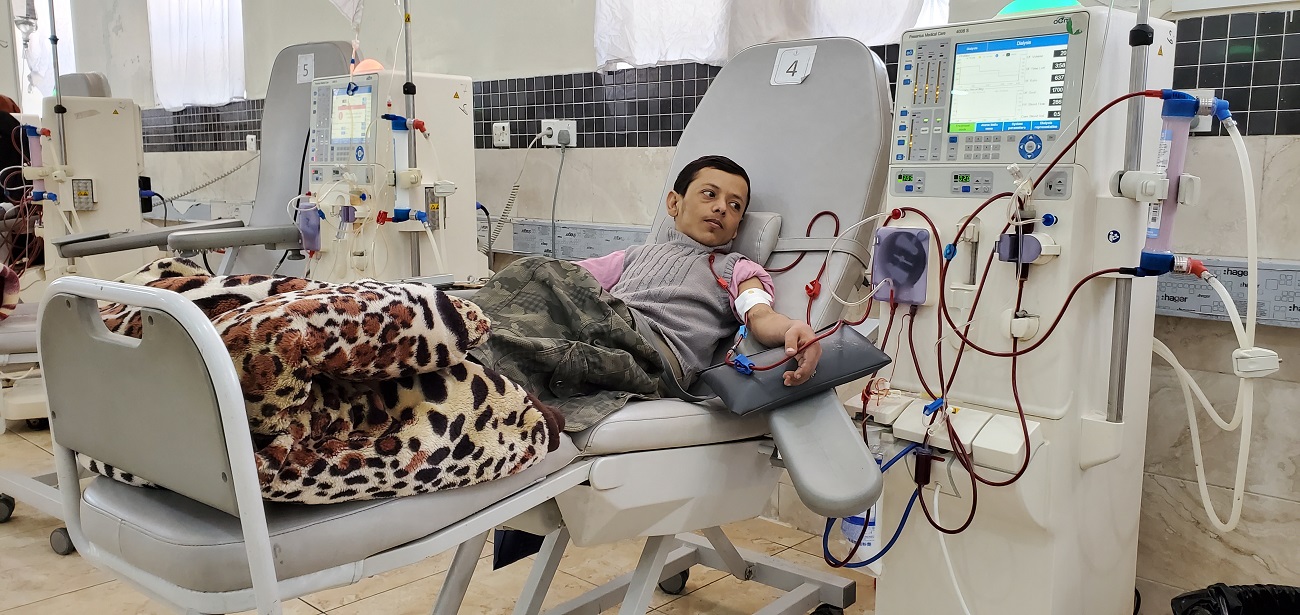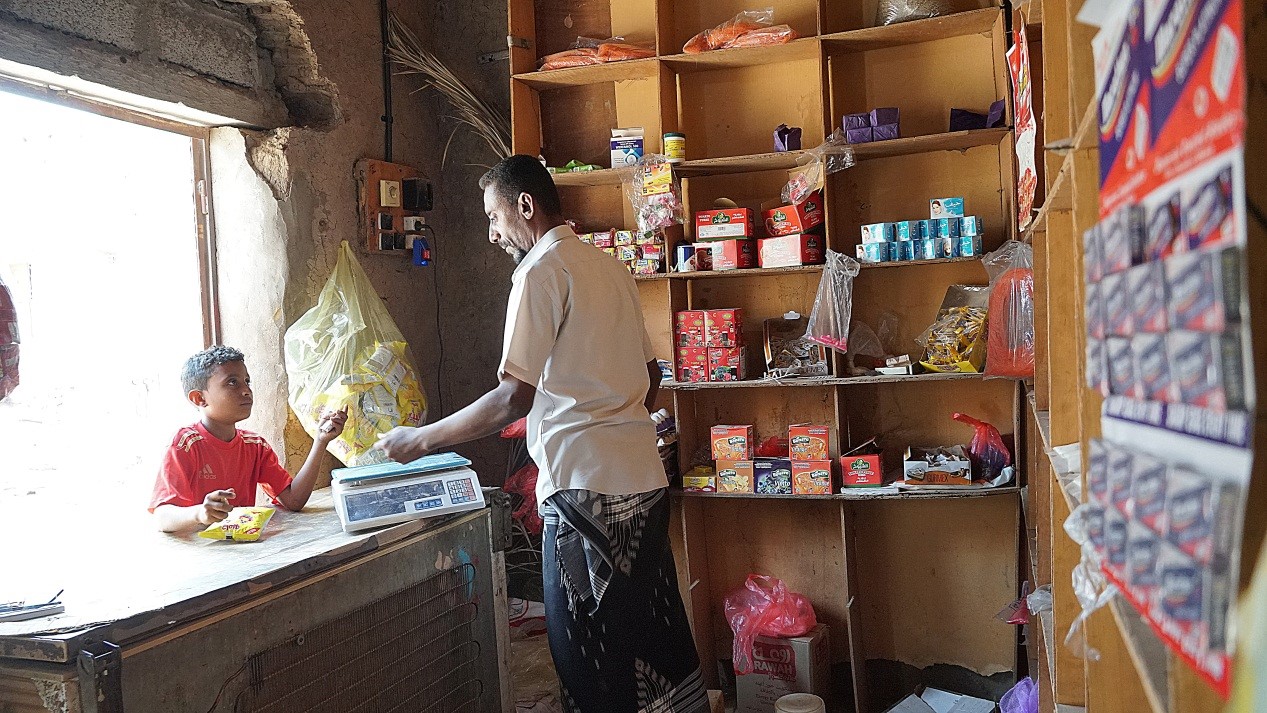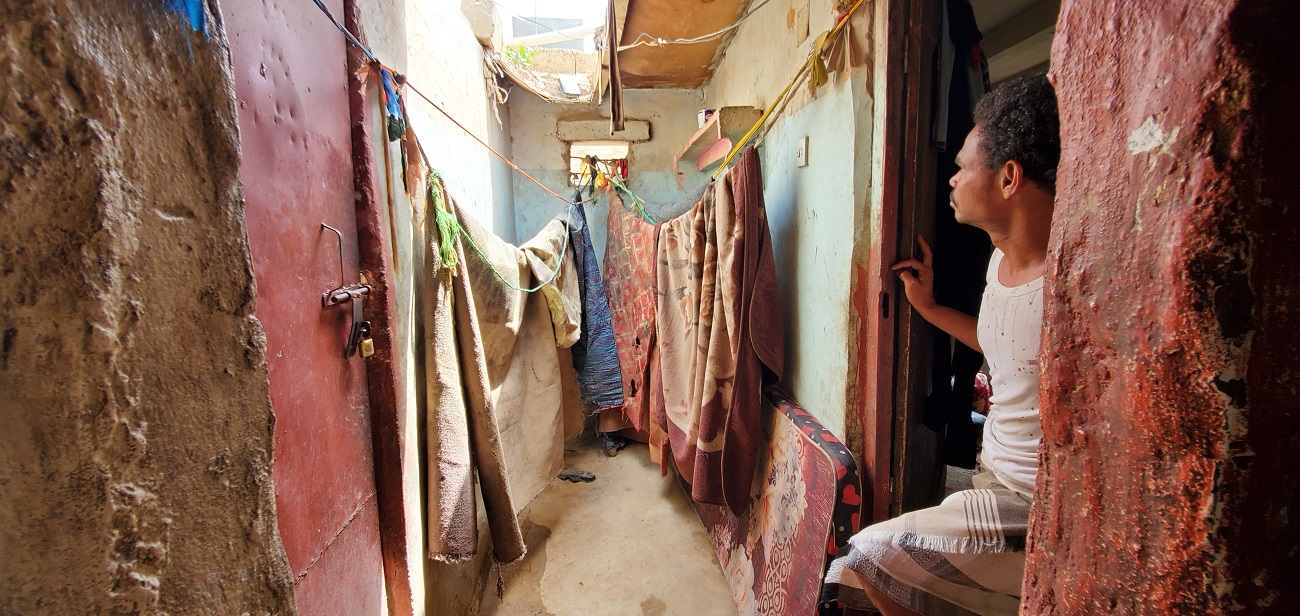Today, 26 March 2023, the people of Yemen enter their ninth year of conflict since its escalation in 2015. The conflict in Yemen, now eight years old, has left nearly no aspects of life in the country untouched, leading to one of the world’s worst humanitarian crises. The Global Peace Index 2022 ranked Yemen as the second least peaceful country in the world, after Afghanistan, and its conflict remains one of the deadliest for civilians by global measures. In this article, we share snapshots of eight stories that tell how Yemenis’ lives have been affected after eight years of conflict
1) Refugees in their own homeland.
Yemen faces the sixth largest internal displacement crisis globally, with nearly 4.5 million people internally displaced since 2015. Although internal displacement offers relative protection from direct fighting, it poses significant challenges and risks to displaced families forced to live in poor shelter conditions without enough food, water, healthcare, and other essentials. Many displaced families have experienced displacement multiple times.
“Before displacement, I used to work as a farmer and owned livestock,” says Zabn Allah Ali, a 37-year-old father of five children who, along with his family, has experienced displacement approximately six times. “My life was good back then. Yet after displacement, my life became hard, and I lost most of my livestock, and I can barely provide necessities for my family who live in a humble makeshift tent in the mid of desert land.”
Watch story: Displaced again and again – Yemeni IDP family struggling to meet basic needs


